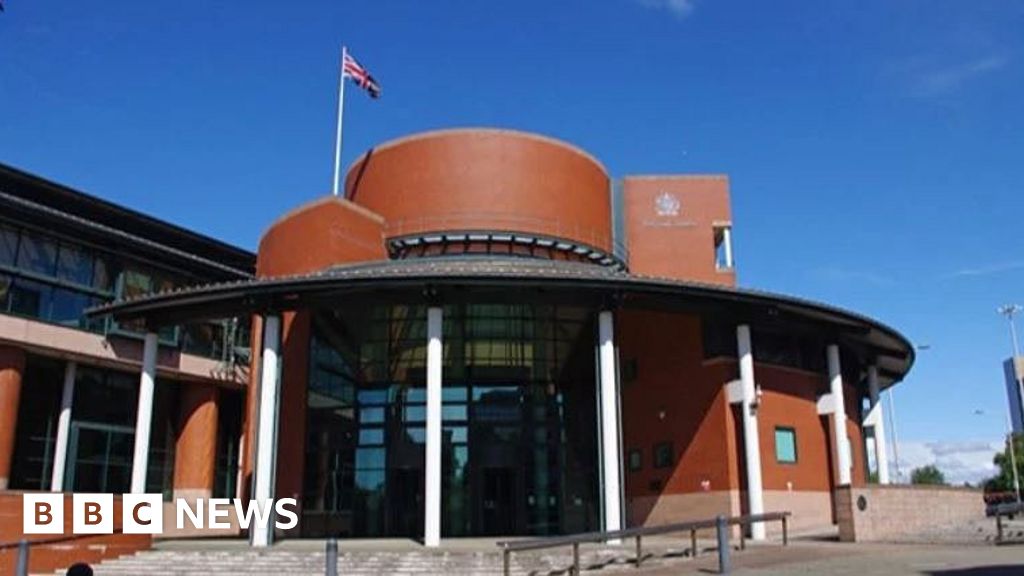Lynette Horsburgh,North Westand
PA
 Ian Taylor/Geograph
Ian Taylor/GeographA former Countdown champion who stabbed a rival at a fan convention in a “terrifying incident” will be detained…

Lynette Horsburgh,North Westand
PA
 Ian Taylor/Geograph
Ian Taylor/GeographA former Countdown champion who stabbed a rival at a fan convention in a “terrifying incident” will be detained…